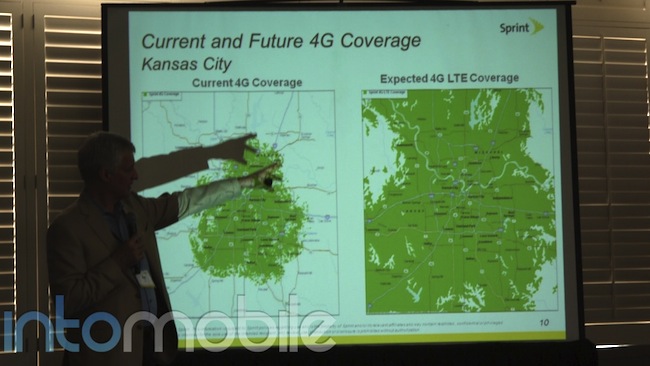When Sprint decided to label WiMAX technology as “4G”, it wasn’t that long until the other operators followed suite and slapped the 4G moniker on their respective networks. Sascha Segan from PC Mag recently had a chance to speak to Chris Pearson, the President of 4G Americas, and he asked him just what the hell 4G actually means according to the organization who is responsible for defining the standards that make our mobile devices work in the first place. Pearson’s response: “At 4G Americas, our typical line is HSPA+ 21 and above.” That would make Apple’s iPhone 4S, which to the surprise of many became a 4G enabled device with the release of iOS 5.1, technically a 3G device. It also means that vast swaths of Europe are already 4G enabled. Pearson then adds: “Consumers don’t really care. All they want is a mobile broadband experience.” And at the end of the day, he’s right. Whether it’s LTE, HSPA+, WiMAX, whatever, it’s the actual throughput that matters.
The more important question is just what exactly do you plan to do with the 20+ Mbps connection to your mobile phone? The guys at AnandTech benchmarked the Xolo 900, the first Intel powered smartphone, and discovered that it runs the SunSpider JavaScript Benchmark in 1,280 milliseconds. To put that number into some perspective, the 2010 MacBook Pro I’m using right now runs the same test in just 270 milliseconds. In other words, the bottleneck in today’s smartphones is no longer the connection, it’s the processor. Will our phones ever be as fast as laptops were two years ago? Definitely, this is an industry that’s driven by speeds and feeds. How long until such a “superphone” is actually out on the market? If performance keeps on doubling every 24 months, then that would mean less than half a decade.
That’s not too far off.
